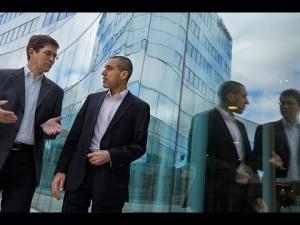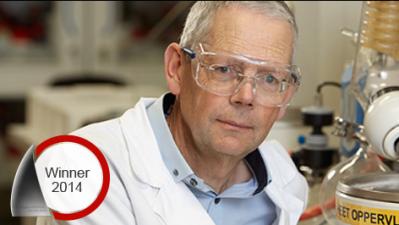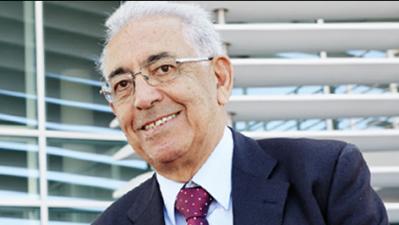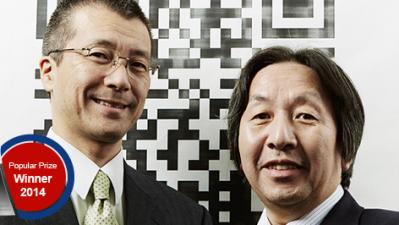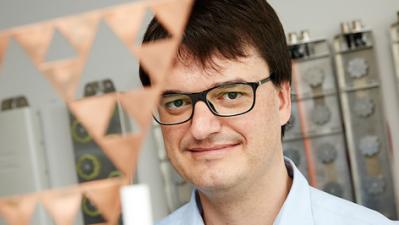Erik Dahlman, Stefan Parkvall, Muhammad Kazmi, Robert Baldemair, George Jöngren, Henning Wiemann, Johan Torsner and Magnus Stattin
Mobile network communication standard LTE
Finalists for the European Inventor Award 2014
As the Internet has become ever richer with multimedia content, and the number of people accessing the web via mobile devices has increased, there is a growing need to develop more advanced and efficient communication networks. A new network standard has been developed to replace them: This game-changer is called the Long Term Evolution (LTE) standard, commonly referred to as “4G”.
LTE technology consists of thousands of individually patented innovations, and its development cannot be attributed to a single organisation, company or individual. However, eight Ericsson employees – Erik Dahlman, Stefan Parkvall, Muhammad Kazmi, Robert Baldemair, George Jöngren, Henning Wiemann, Johan Torsner and Magnus Stattin – and their team have made significant contributions to the development of the LTE standard. Their patents in the fields of cellular network base station design, signal processing, air interface design and the efficient use of radio resources have been especially important because they influence the quality of LTE signals and, thus, user experience.
Societal benefit
LTE networks offer download speeds of up to 300 megabits per second (Mbit/s) and peak upload speeds of up to 75 Mbit/s – compared with the speeds of about 7 Mbit/s and 1 Mbit/s respectively, that 3G networks allow. This significantly enhances Internet users’ experience, for example by enabling them to view live high-definition television (HDTV) on their mobile devices. The evolving LTE Advanced standard, which is currently being developed by Ericsson and other industry players, will increase access speeds and capacity further, enabling an even faster, smoother mobile Internet experience for hundreds of millions of people around the world.
Economic benefit
In the fourth quarter of 2013, an estimated 200 million active LTE subscriptions existed globally, and more than 1000 different models of LTE-enabled devices were on the market. In the same time period, 250 million LTE smartphones were shipped.
And the market is growing rapidly, with no slow-down expected: One report estimates a 56% compound annual growth rate between 2013 and 2020. At the same time, Ericsson’s own research predicts that the total volume of mobile data traffic will increase twelve-fold by 2018. Ericsson is the leading manufacturer of LTE infrastructure, and it is estimated that it handles 50% of all LTE smartphone traffic.
How it works
A variation on the same technology is used for the uplink, allowing the device to connect reliably when uploading, despite the fact that LTE-enabled devices usually feature a weakened uplink signal in order to conserve battery life.
The inventors
In 2009, the Swedish government recognised Parkvall and Dahlman with the Stora Teknikpriset award for their contribution to the technical and commercial success of the UMTS accelerator HSPA.
Did you know?
Media gallery
Contact
European Inventor Award and Young Inventors Prize queries:
european-inventor@epo.org Subscribe to the European Inventor Award newsletterMedia-related queries:
Contact our Press team#InventorAward #YoungInventors


